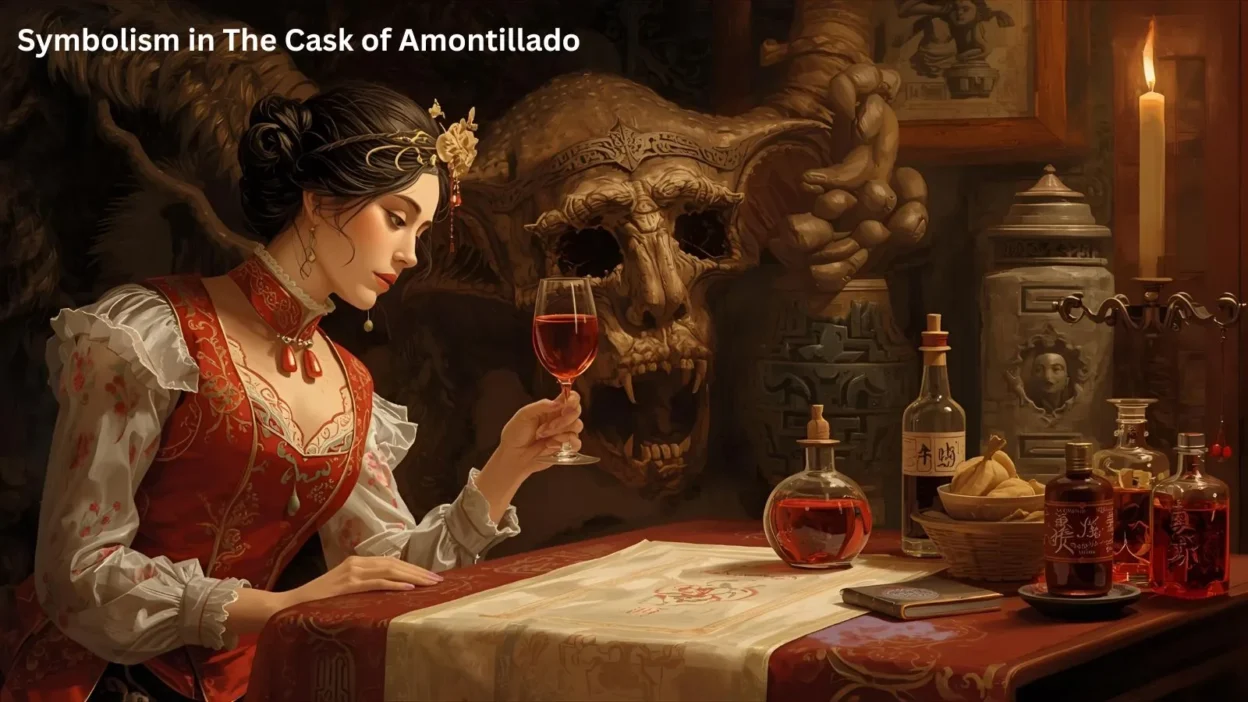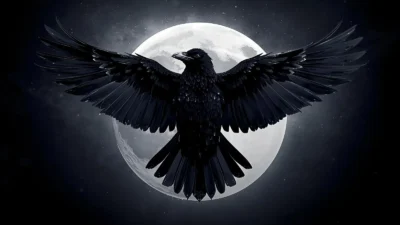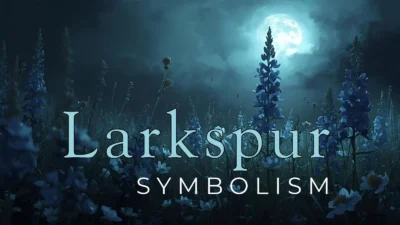It was a cold October night when I first read The Cask of Amontillado. Rain tapped the window like skeletal fingers, and a single candle flickered beside me. As the story unfolded, I felt more than fear—I felt grief, betrayal, and a strange spiritual ache. Something about Montresor’s smile in the shadows, and Fortunato’s laughter turning to silence, stirred a deeper truth. It wasn’t just a story of revenge—it was a symbol.
In this guide, we explore the symbolism in The Cask of Amontillado, helping you uncover the emotional, psychological, and spiritual meanings behind the masks, bricks, and wine. Just like animal encounters carry hidden lessons, so too does this haunting tale.
Examples of Symbolism in The Cask of Amontillado
Poe’s story may seem like a straightforward tale of revenge, but it’s layered with symbols that represent death, guilt, pride, and even spiritual decay. Here are key examples of symbolism in The Cask of Amontillado:
- The Amontillado: It’s not just a rare wine—it’s a symbol of temptation, deception, and ego. Fortunato’s thirst for it blinds him to danger, reflecting how our own desires can lead to spiritual downfall.
- The Carnival: A place of masks, chaos, and indulgence—symbolizing the false joy we sometimes wear to hide deeper suffering or dark intentions.
- Montresor’s Coat of Arms: A foot crushing a serpent, with the serpent biting the heel—symbolizing revenge, betrayal, and eternal cycles of pain.
- The Trowel: Montresor uses it to build Fortunato’s tomb. It becomes a symbol of deliberate, spiritual entombment—burying the conscience beneath cold reason.
These symbols echo real human experiences: being lured by ego, wearing masks to hide pain, and seeking revenge only to lose oneself.
What Is Symbolism in The Cask of Amontillado?
In this story, symbolism is the use of objects, actions, or characters to represent deeper meanings. Poe doesn’t just tell us a horror story—he shows us truths about the human spirit. Symbolism in the story reflects spiritual loss, moral decay, and the hidden consequences of revenge.
Symbolism is like a mirror. It doesn’t just reflect what’s outside—it reflects what’s within us. And in Poe’s world, the reflection isn’t always pretty—but it’s honest.
What Is the Symbolism in The Cask of Amontillado?
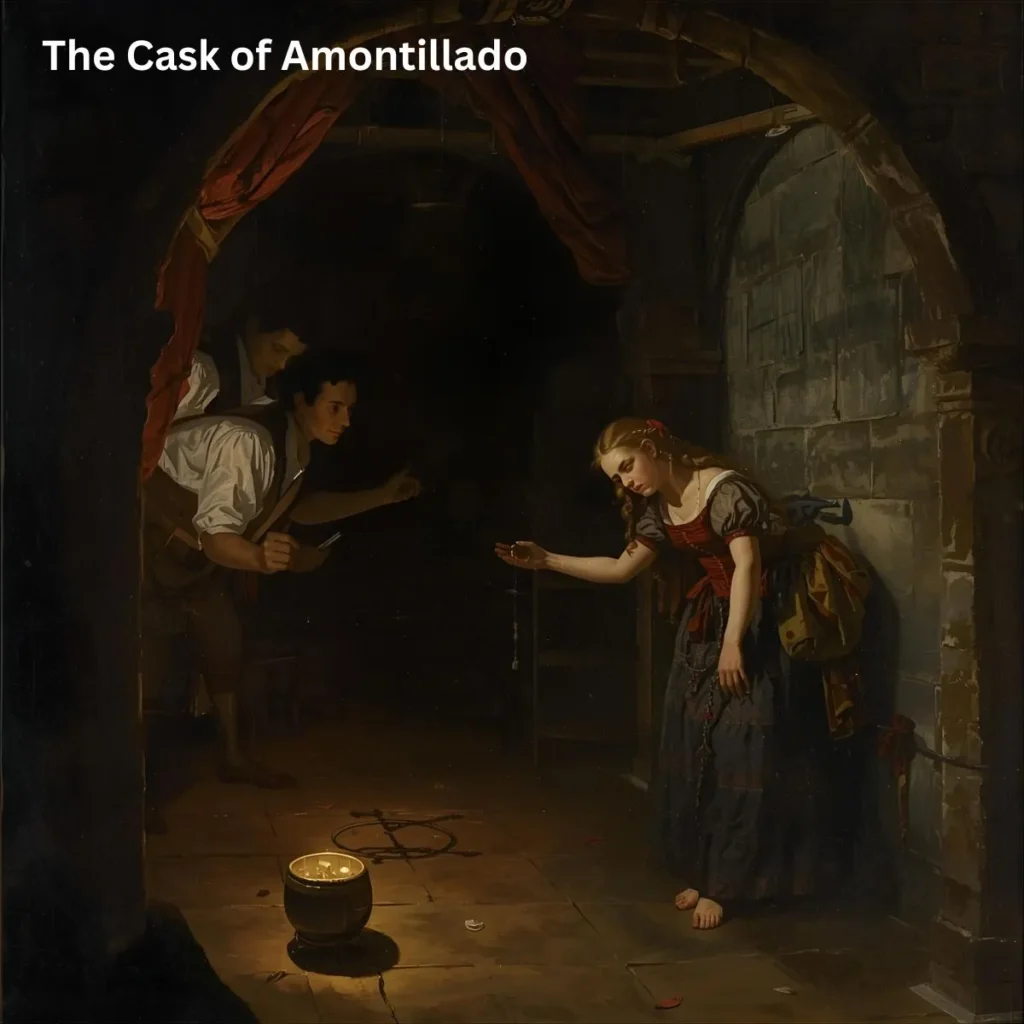
The central symbolism in The Cask of Amontillado centers on:
- Fortunato’s Name: “Fortunate” in Italian—ironic, since he meets a grim fate. His name symbolizes false luck or spiritual blindness.
- The Journey into the Catacombs: This descent symbolizes a journey into the soul’s shadow, much like dreams or meditations that uncover hidden fears or guilt.
- The Brick Wall: A painful metaphor for walls we build inside ourselves—to block out love, empathy, or the consequences of our actions.
Every step in the story is rich with spiritual meaning, urging us to ask: What am I burying within myself?
Catacombs Symbolism in The Cask of Amontillado
The catacombs are more than just a setting—they’re a spiritual symbol. They represent:
- Death and decay—not just physical, but emotional.
- Secrets buried deep within the psyche.
- Unresolved guilt, like skeletons waiting to be uncovered.
Descending into the catacombs is like entering the underworld of the soul. It’s the hidden part of us we rarely confront—the place where shame, fear, and revenge live. Poe uses this setting to show what happens when we walk too far into those shadows.
Is There Symbolism in The Cask of Amontillado?
Absolutely. In fact, almost everything in the story is symbolic. Poe was known for weaving meaning into every detail. From the jingling of Fortunato’s bells (a mockery of joy) to Montresor’s smile (a symbol of spiritual coldness), nothing is accidental.
The story uses dark symbols to highlight spiritual truths: how revenge can rot the soul, how pride can lead to our downfall, and how sometimes, the greatest horror is what we hide inside.
What Is an Example of Symbolism in The Cask of Amontillado?
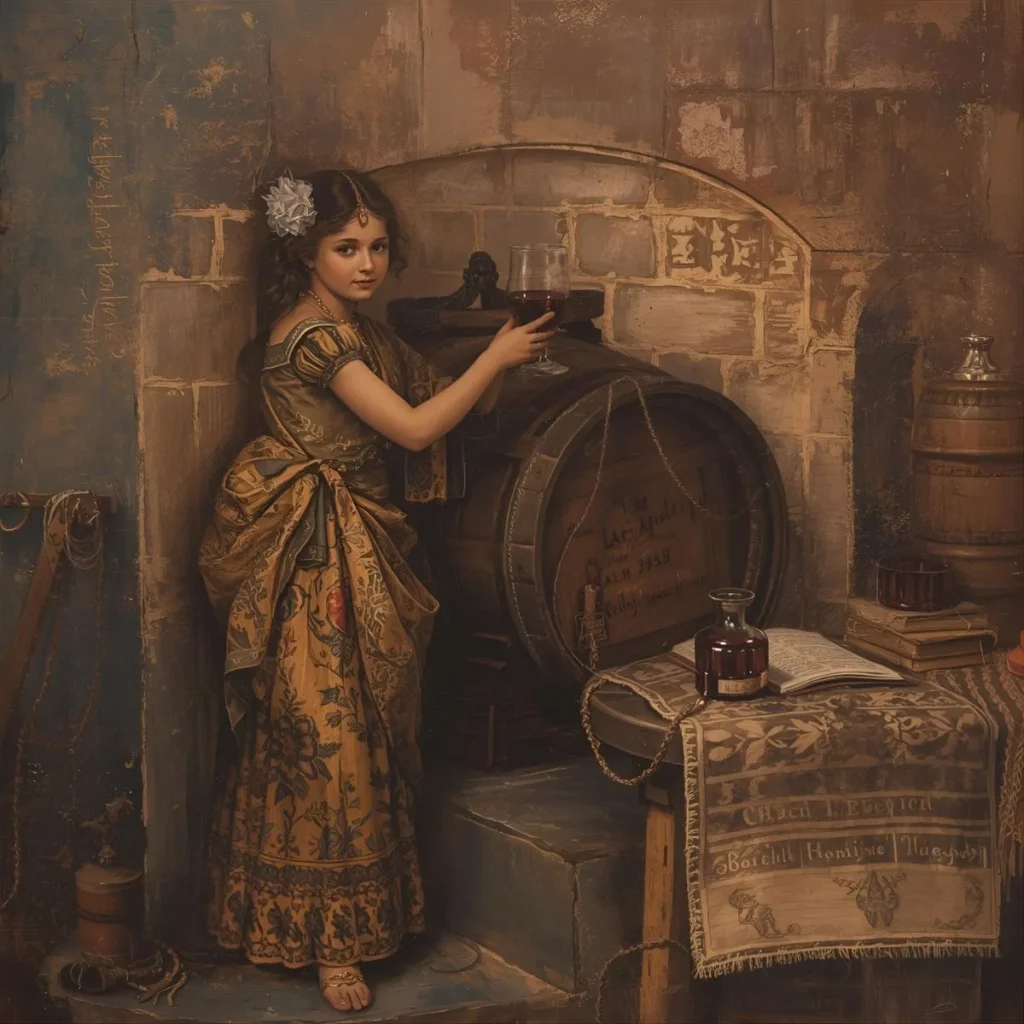
Let’s look at one powerful example:
Fortunato’s costume—he’s dressed as a jester or fool during the carnival. This symbolizes how he is blind to the truth, laughing while walking to his death. On a deeper level, it shows how we all play the fool when we ignore intuition or blindly trust others.
This moment urges us to listen to our inner voice—the one that senses danger, betrayal, or spiritual drift.
How Does the Author Use Symbolism in The Cask of Amontillado?
Poe uses symbolism subtly but powerfully. He doesn’t explain it outright—he lets readers feel it:
- Through setting (dark catacombs = inner darkness)
- Through objects (wine = temptation)
- Through irony (Fortunato’s costume, Montresor’s calm demeanor)
He invites us to explore the emotional and spiritual undercurrents. Like animal symbolism—where a crow might mean transformation or a snake might mean rebirth—Poe’s symbols awaken something ancient and intuitive in us.
What Are Some Examples of Symbolism in The Cask of Amontillado?
Here’s a quick list of symbolic elements and their deeper meanings:
| Symbol | Spiritual/Emotional Meaning |
| The Amontillado | Temptation, pride, spiritual blindness |
| Carnival setting | Chaos, masking pain, illusions of joy |
| Catacombs | Death, buried guilt, descent into the soul |
| Montresor’s trowel | Crafting one’s own spiritual grave |
| Fortunato’s jester outfit | Foolish trust, laughing into suffering |
| The wall and chains | Trapped by actions, emotional imprisonment |
| Montresor’s smile | Cold revenge, soul disconnected from empathy |
Each one offers a window into the human condition—where we hide, where we hurt, and what it means to confront the darker sides of ourselves.
3 Real-Life Scenarios That Reflect the Story’s Symbolism
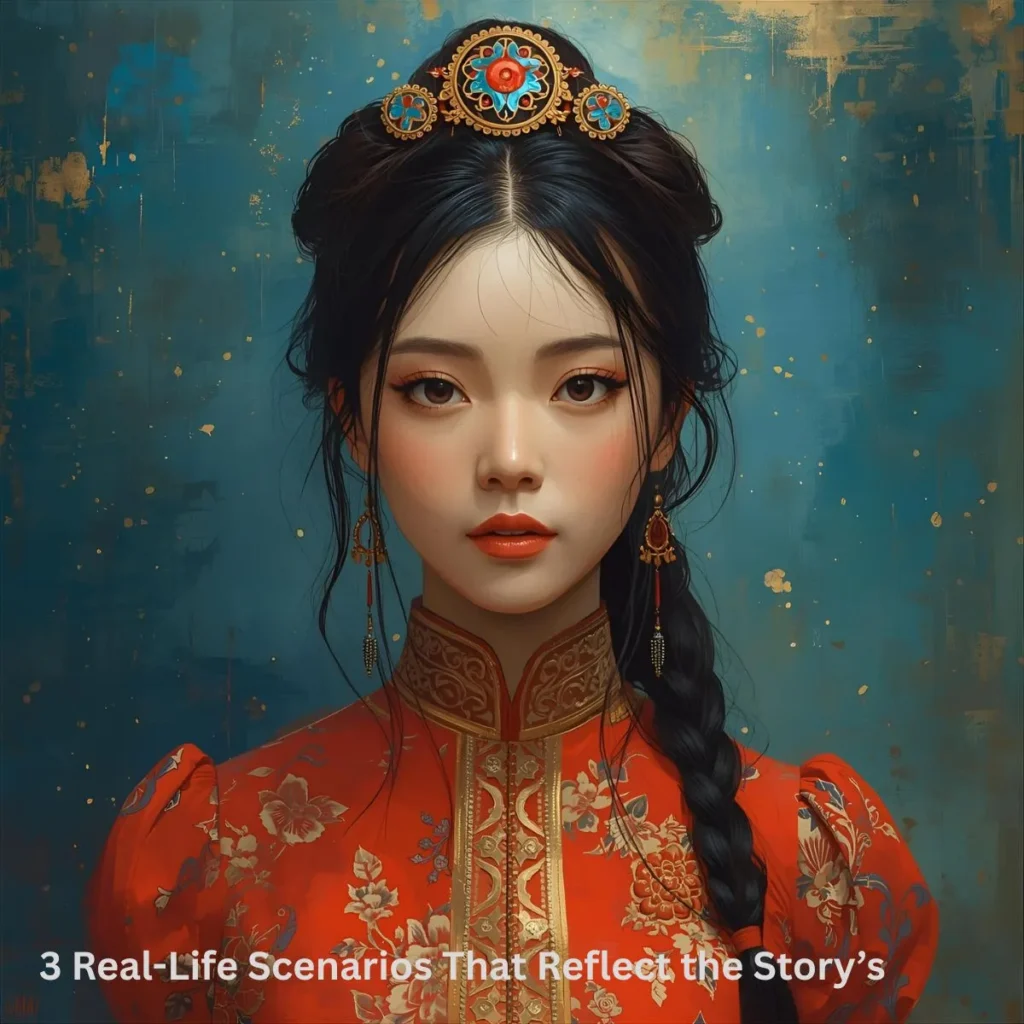
1. The Workplace Betrayal
Anna was loyal to her company, but her best friend at work spread lies to take her promotion. Anna didn’t speak up. Instead, she silently withdrew, smiling at meetings while burying her pain. Just like Montresor, she built a spiritual wall—but at what cost?
2. The Broken Family
A father and son stopped speaking after a harsh argument. Years passed. Neither reached out. Each built emotional catacombs, burying love and regret like bones in the dark. Poe’s story reminds us: silence can be a tomb.
3. The Masked Smile
Jamal always appeared cheerful at parties, but inside he felt empty. He wore a mask like the carnival-goers, hiding anxiety and loneliness. Fortunato’s jester outfit mirrors his life—a fool’s laugh hiding a heavy heart.
5 Frequently Asked Questions (FAQs)
Q1: Why is Fortunato’s name symbolic?
His name means “fortunate,” which is ironic. Spiritually, it reflects false security—how we sometimes think we’re safe when we’re far from it.
Q2: What does the wine symbolize?
The Amontillado represents temptation and ego. It’s a bait that leads to doom—just like spiritual traps in life that seem sweet at first.
Q3: Is Montresor evil or symbolic of something else?
Montresor represents revenge without conscience—a soul that has turned cold. He can symbolize parts of us that act out of pain without healing.
Q4: Why are the catacombs important?
They symbolize buried emotions, family secrets, and spiritual darkness. Entering them is like confronting the parts of ourselves we fear.
Q5: What does the ending mean spiritually?
Montresor never feels guilt. But spiritually, it’s a warning: revenge may silence others, but it also seals off our own humanity.
Conclusion:
Reading The Cask of Amontillado is like staring into a mirror—and sometimes, we don’t like what we see. Poe’s use of symbolism touches something primal: the fear of being betrayed, the urge for revenge, and the silence that follows.
But this isn’t just a horror story. It’s a spiritual lesson. Just like the animals we dream about or encounter in nature, Poe’s story offers a sacred message:
“Don’t bury your pain. Don’t let ego lead. And don’t forget the light when you walk into the dark.”
May we all find the courage to unseal the catacombs within us—and choose healing over hiding.

